35 most beautiful vineyards in the world
Categories: Nature
By Pictolic https://pictolic.com/article/35-most-beautiful-vineyards-in-the-world1.htmlWinemaking is a real art that is practiced all over the world. The vineyards from which the wine is obtained form one of the most beautiful landscapes in the world. From the vineyards of the Old World in Italy or France to the vineyards of the New World in Argentina, Canada, Australia and the USA, this is exactly what you need to see. We invite you to enjoy this selection of photos of the most beautiful vineyards in the world.
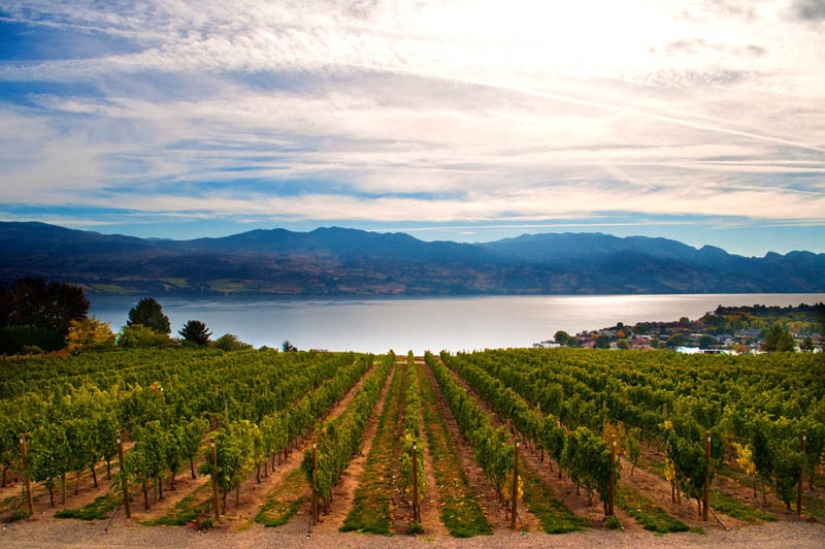
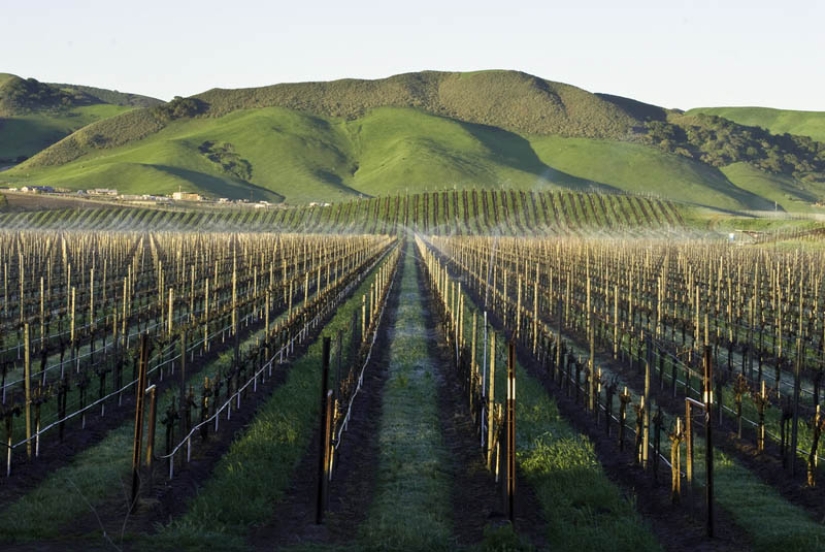
Los Alamos, Santa Barbara. (CHUCK ABBE)
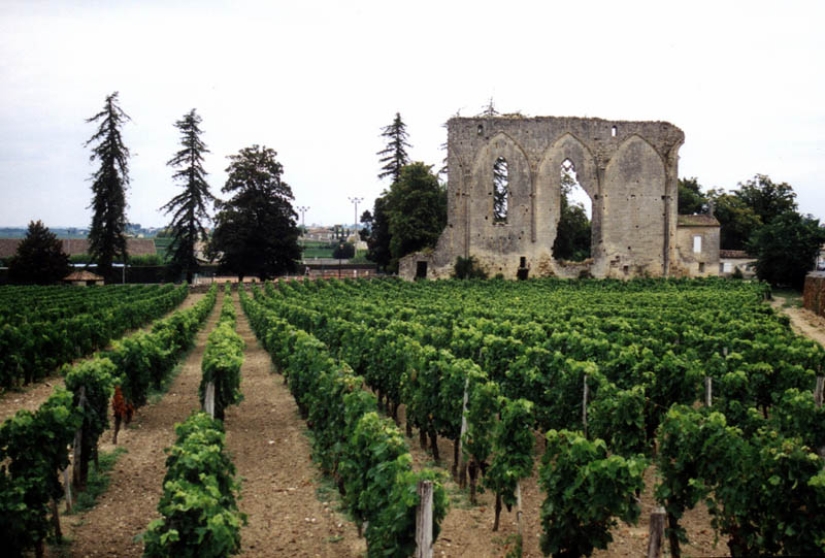
Saint-Emilion, France. (WOODMO)
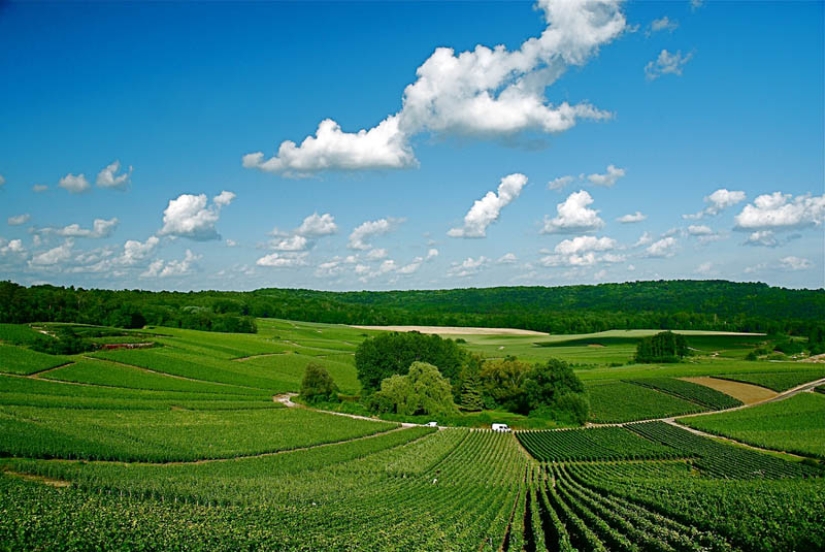
Trigny, Champagne, France. (VERONIQUE COUTIE)
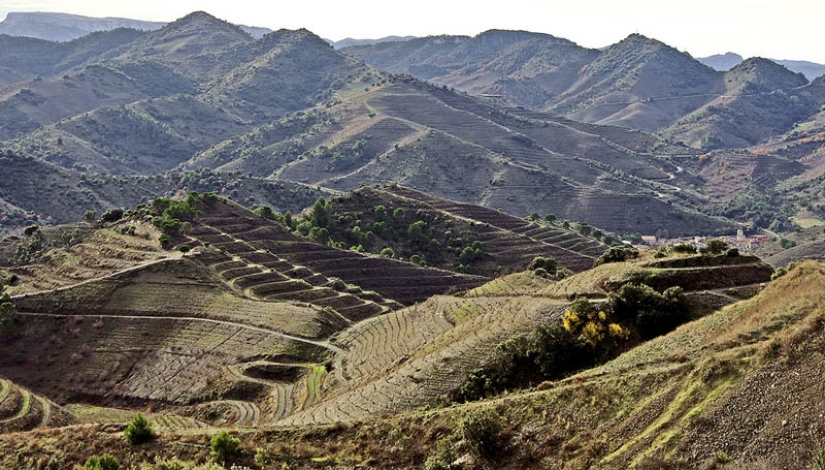
Porrera, Catalonia, Spain. (SBA73)
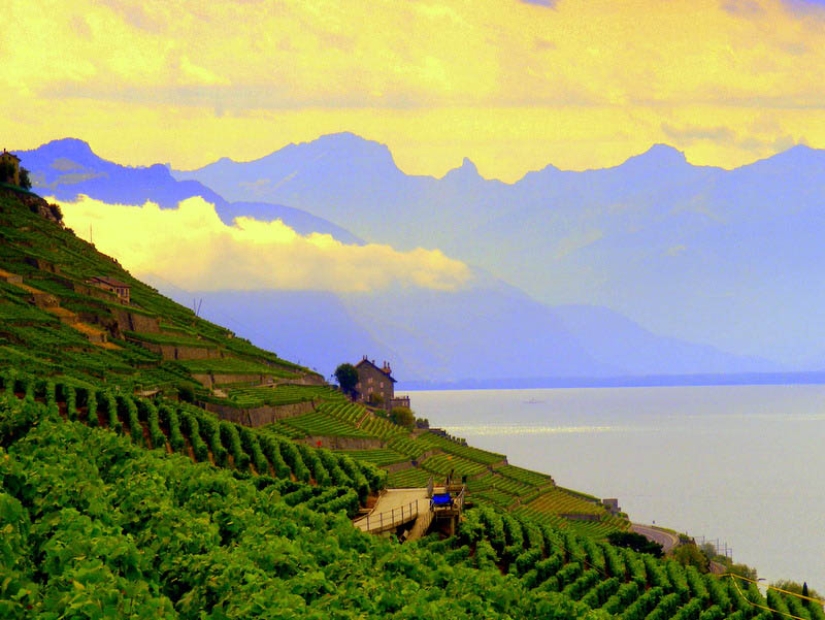
Laveau, Switzerland. (HOCKENSMITH PHOTOGRAPHY)
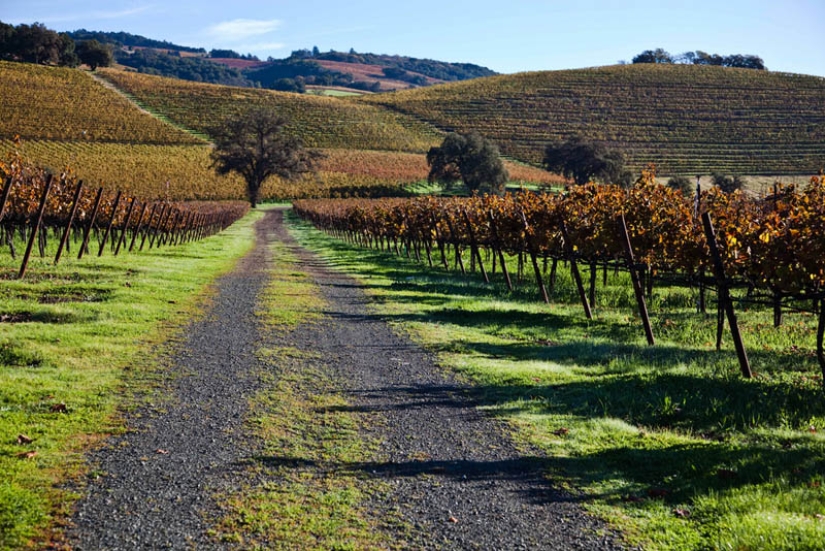
Kunde Estate, California, USA. (TOM MOYER PHOTOGRAPHY)
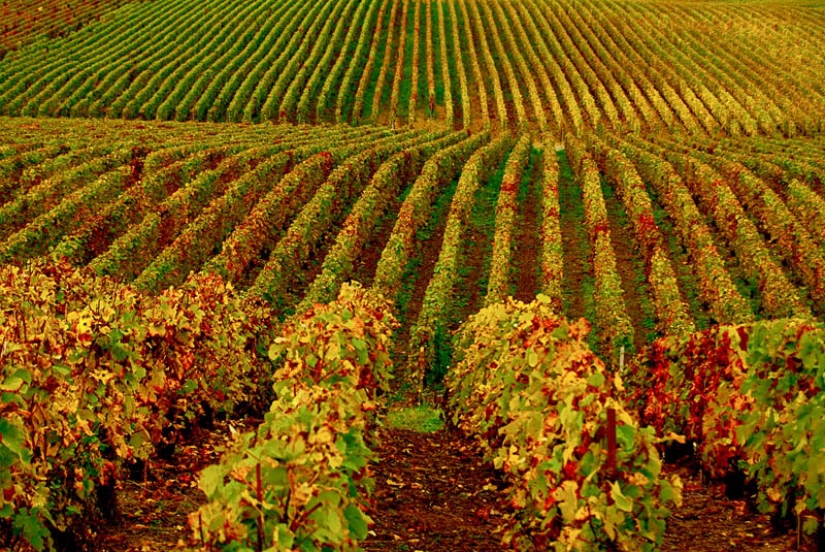
Ermonville, France. (VINCENT BRASSINNE)
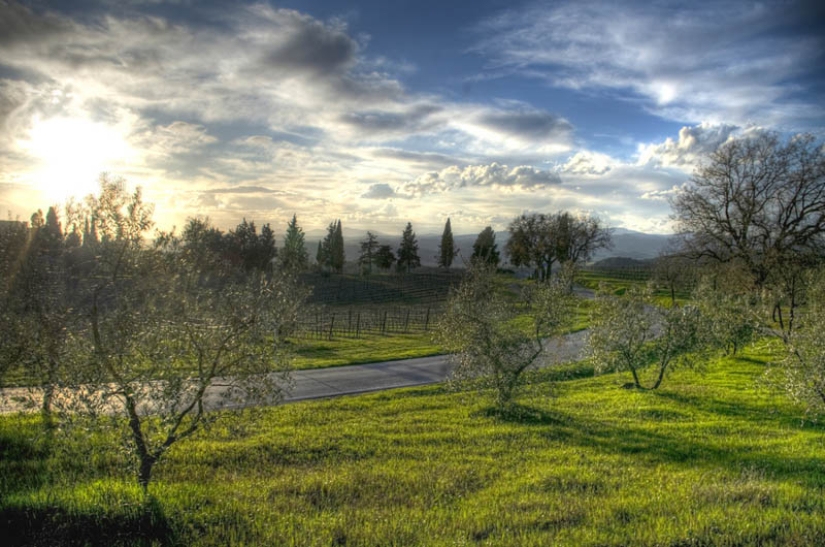
Bruneolla di Montalsino, Tuscany, Italy. (RICSEN)
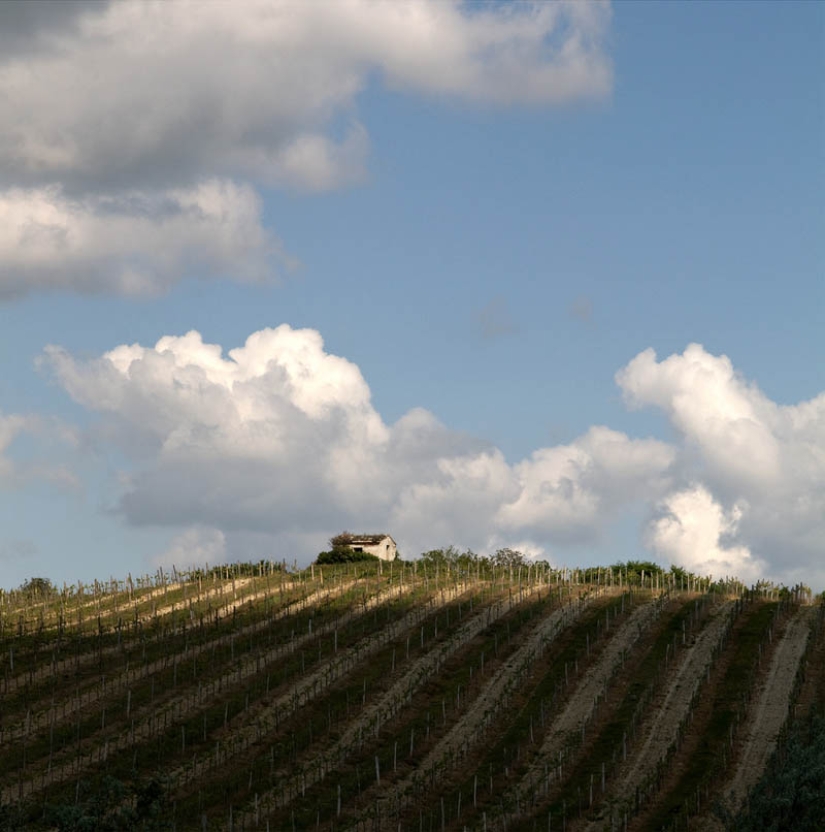
Balf, Hungary. (THOMAS LIESER)
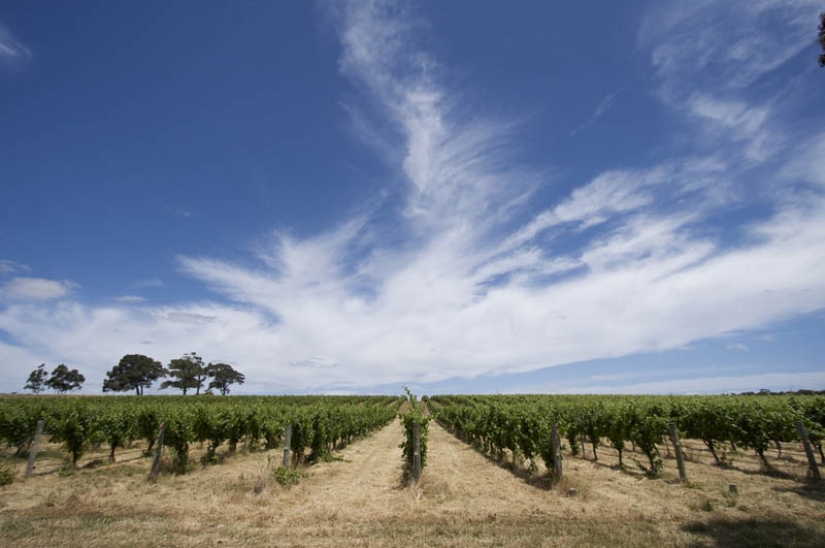
Margaret River, Australia. (CALZEAN)
What are vineyards?
The vineyard is a plantation of wine grape varieties grown mainly for winemaking, but also for the production of raisins, table grapes and non-alcoholic grape juice. The science that practices and studies winemaking is called viticulture. Winemaking is usually characterized by its terroir, a native French concept, literally translated as "sense of place", which denotes the specific geographical and geological characteristics of the plantations of the vine.
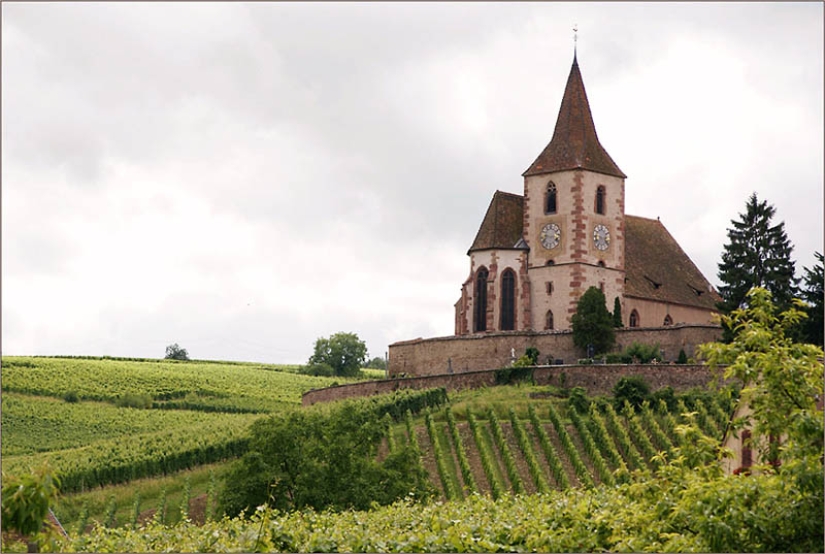
Hunavir, Alsace, France. (MARTIEN UITERWEERD)
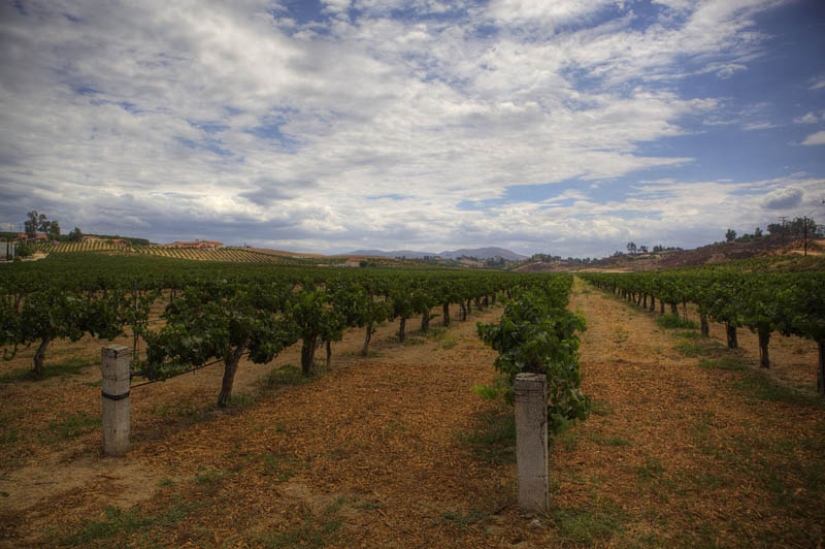
Maurice Curry, California, USA. (LASZLO M.)
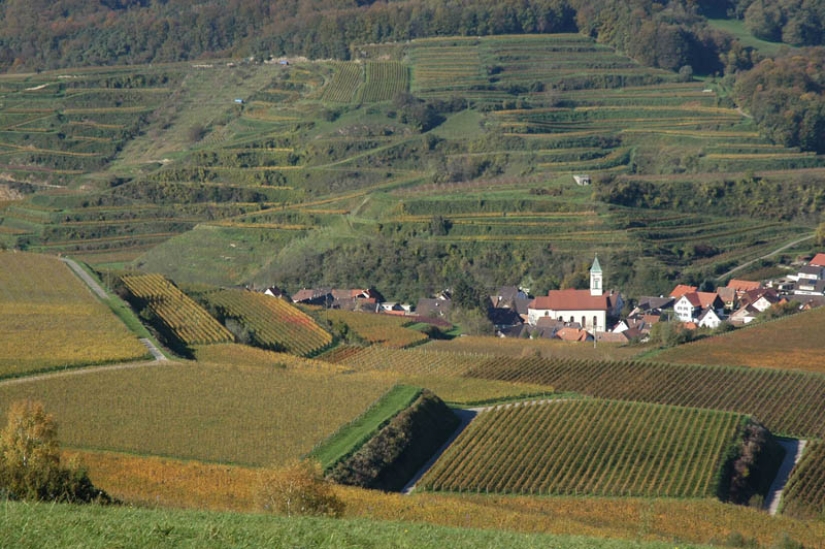
Baden-Wuttemberg, Germany. (CLAUDE05)
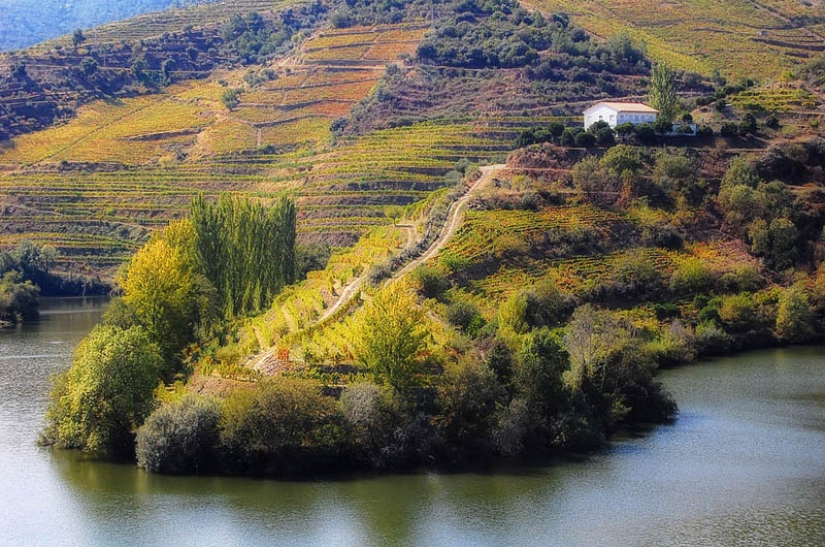
Vineyards on the Tedo River, Portugal. (AL GATOR)
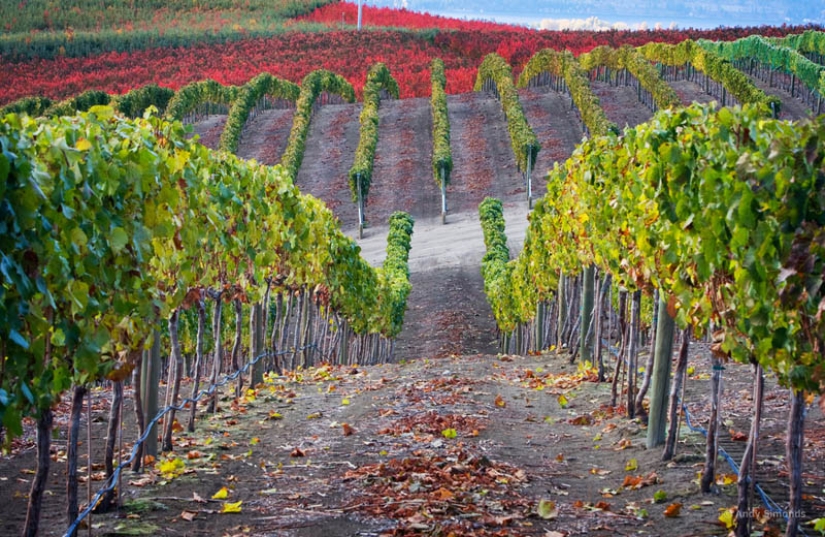
Vineyards on Lake Chelan, Washington, USA. (ANDY SIMONDS)
History of winemaking
The first evidence of wine production dates back to 6000-5000 BC. The technology of winemaking significantly improved in ancient Greece, but it was only by the end of the Roman Empire that viticulture became what we know it today.
In Medieval Europe, the church was a reliable supporter of wine, which was necessary for church services. During the instability of the Middle Ages, monasteries preserved and developed viticulture technologies. Having the resources, means and knowledge, they were interested in improving the quality of their wine.
European vineyards were mainly planted with different types of Vitis vinifera. However, at the end of the 19th century, entire species were almost destroyed by the phylloxera aphid, accidentally introduced to Europe from North America. The Native American vine includes a species such as Vitis labrusca, resistant to aphids. The Vitis vinifera variety was saved thanks to inoculation on the root shoots of American grape varieties, despite the fact that there is still no remedy against phylloxera, which still poses a threat to every unvaccinated vine.
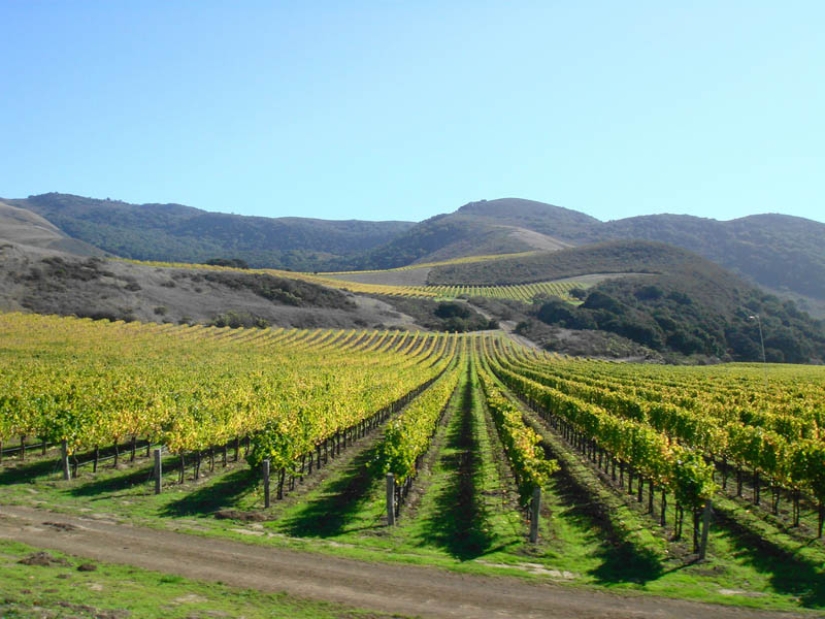
Mission, California, USA. (-DSH-)
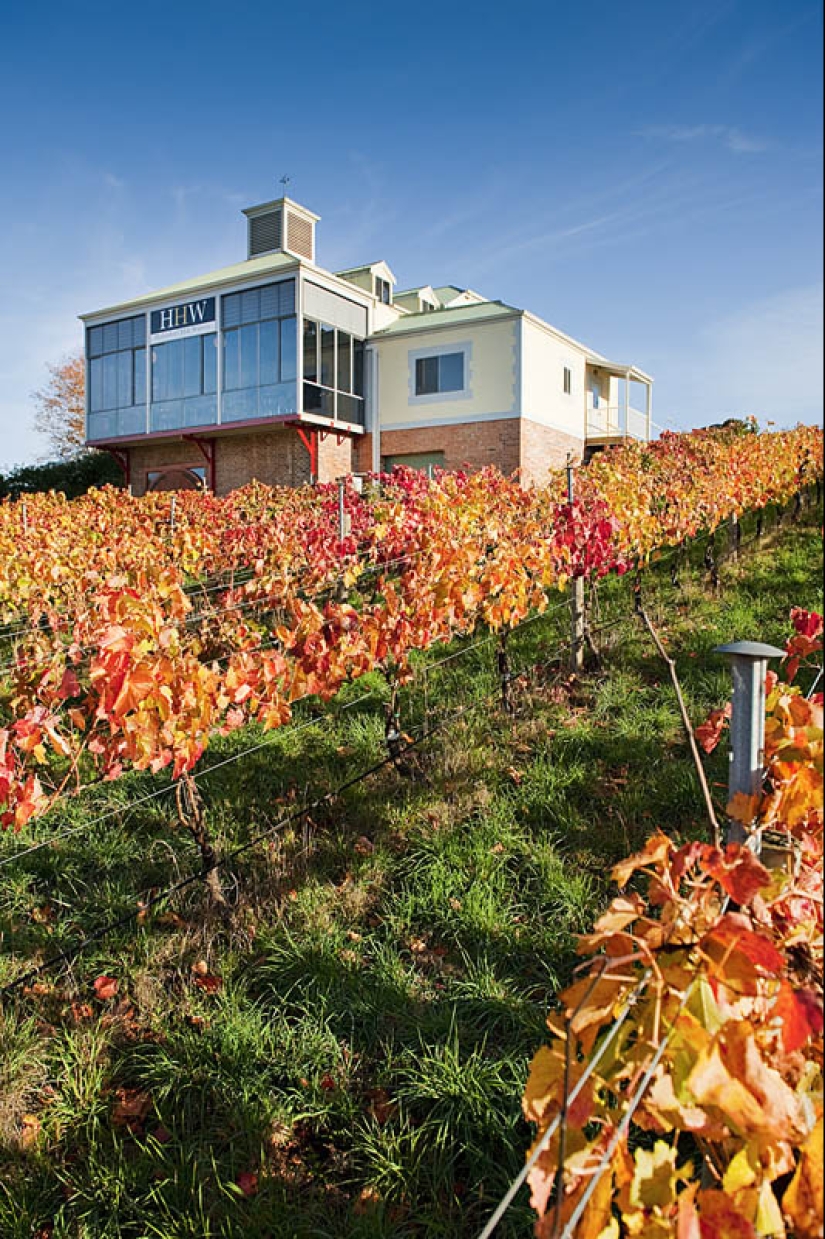
Hahndorf, Australia. (ANDY RASHEED OF EYE FOOD PHOTOGRAPHY)
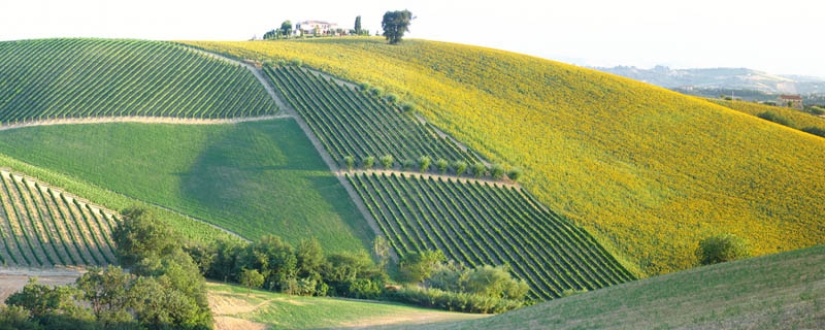
Vineyards of the Golden Hills, Switzerland. (PIZZODISEVO)
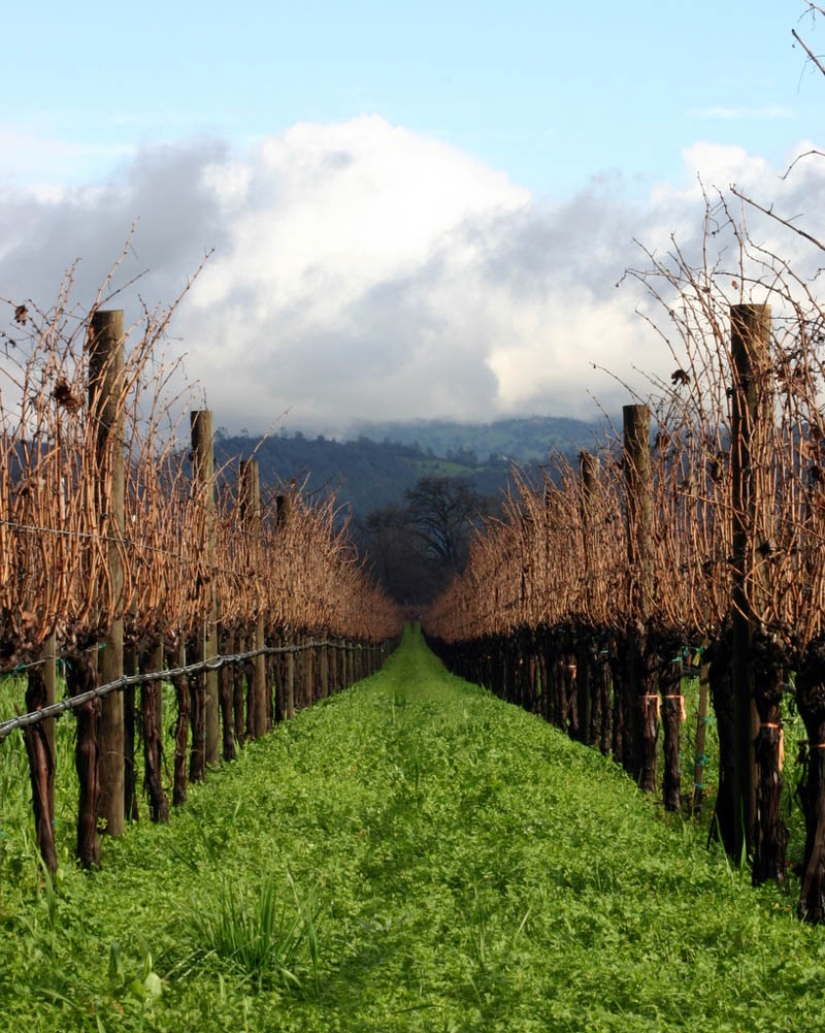
Napa Valley Vineyards, California, USA. (JOSH MAZGELIS)

Verzenay, France. (VINCENT BRASSINNE)
Modern winemaking
The quest to increase the productivity of vineyards has created a wide variety of systems and technologies. Due to the more fertile lands of the New World, attention has focused largely on creating conditions for more vigorous growth of the vine. Innovations in garter (the direction of the vine, usually along the grid) and pruning of plants, as well as methods of thinning shoots (which serve to optimize the ratio of the size of the Foliage/Fruit (RL / N) relative to the microclimate) has largely replaced the generally accepted, traditional concepts, such as" yield per unit area "instead of"maximizing the yield to the desired amount".
Other modern practices include spraying the vine with water to protect it from low temperatures, new grafting techniques, cutting grooves in the ground, and mechanical harvesting. These technologies have made it possible to develop wine production in the countries of the New World, such as Canada. Today, there is an increasing interest in the development of environmentally friendly and sustainable grapes. Biodynamics is becoming increasingly popular in viticulture. The use of drip irrigation in recent years has made it possible to plant grapes in places where it was previously considered impossible. Due to the improvement of irrigation, the crop has become more stable.

Vineyards on Lake Chelan, Washington, USA. (ANDY SIMONDS)
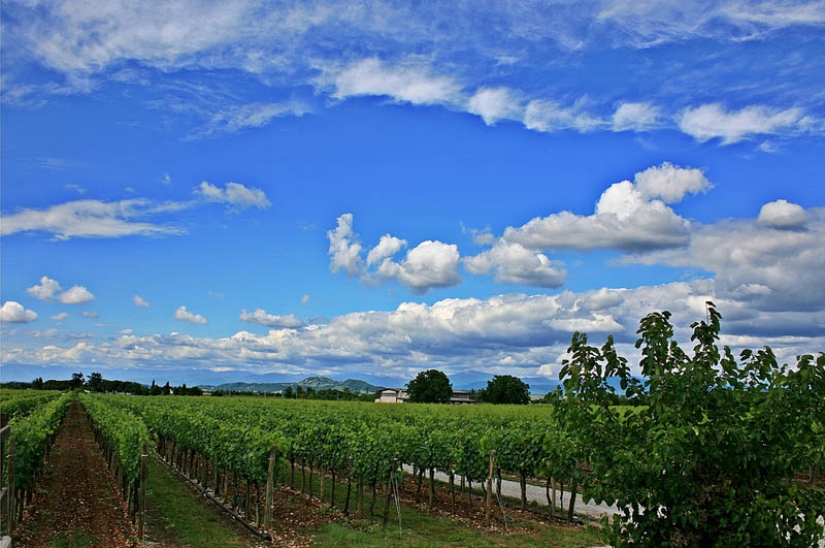
Collio, Italy. (TERRY)
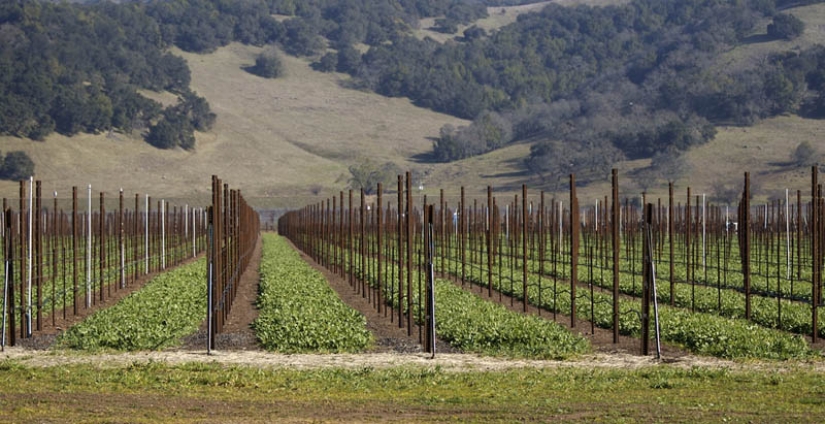
Napa Valley Vineyards, California, USA. (TURBULENTFLOW)
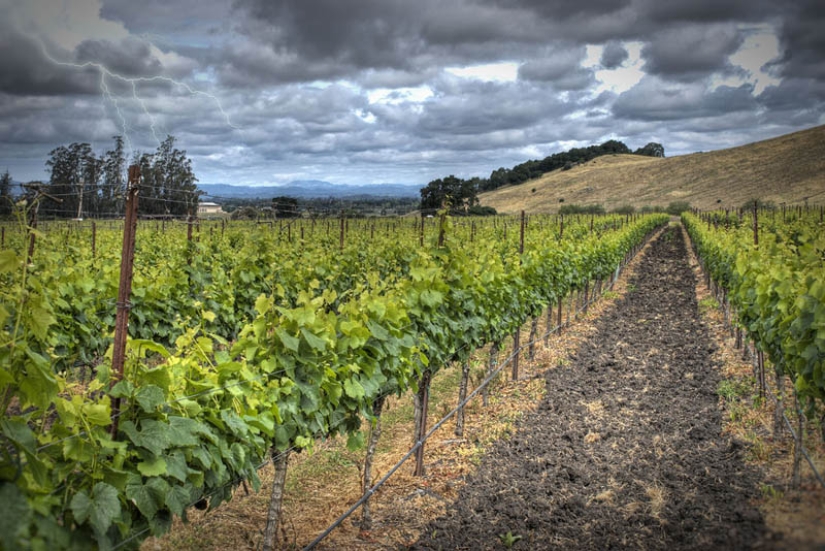
Penngrove, California. (AL THE WOP)

Baden-Wuttemberg, Germany. (EDDYBOX43)
Terroir
The word "terroir" comes from the word "terre", meaning land. Originally, it was a native French term referring to wine, coffee and tea, used to denote special characteristics, such as geography, geology and climate of a certain territory, awarded for rare species. Agricultural lands in the same region share similar soil, weather conditions and agricultural technologies, and each of them makes a significant contribution to the future harvest.
It also has a very abstract translation, as a "sense of place", personified in certain qualitative characteristics, in the number of positive effects that the environment has on the production of products. Terroir is often italicized on the letter to show that the word is borrowed from French.
It is based on the assumption that the land on which the grapes were grown gives a unique quality that is characteristic of the region. The magnitude of the influence and the scope of the concept of terroir remain a controversial topic in the wine industry.
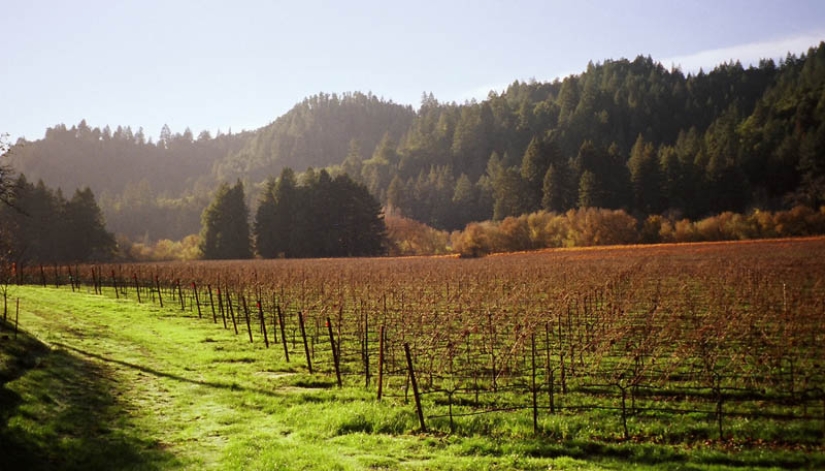
Drake, California. (GLEN HAYLEY)

Palava, Czech Republic. (VASEK KADLEC)
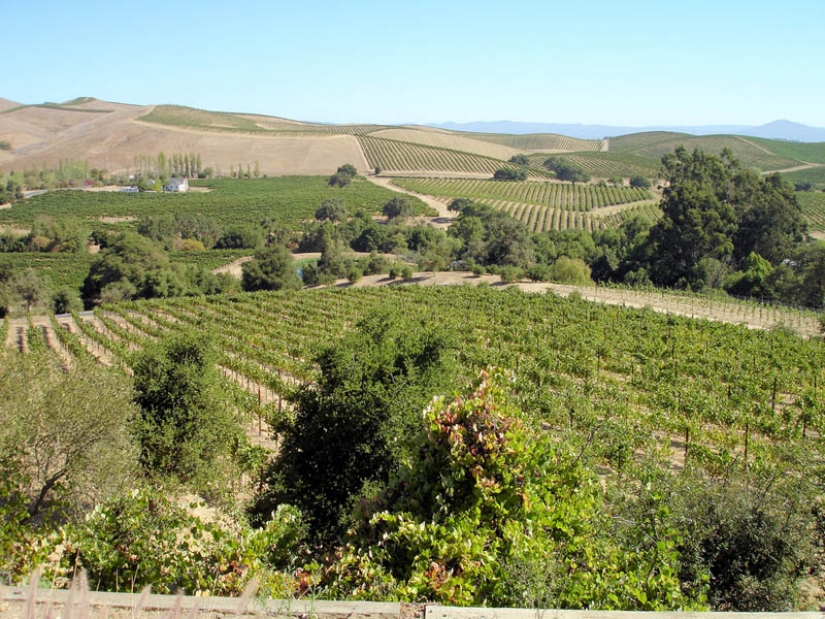
Artes, California. (JIM G)
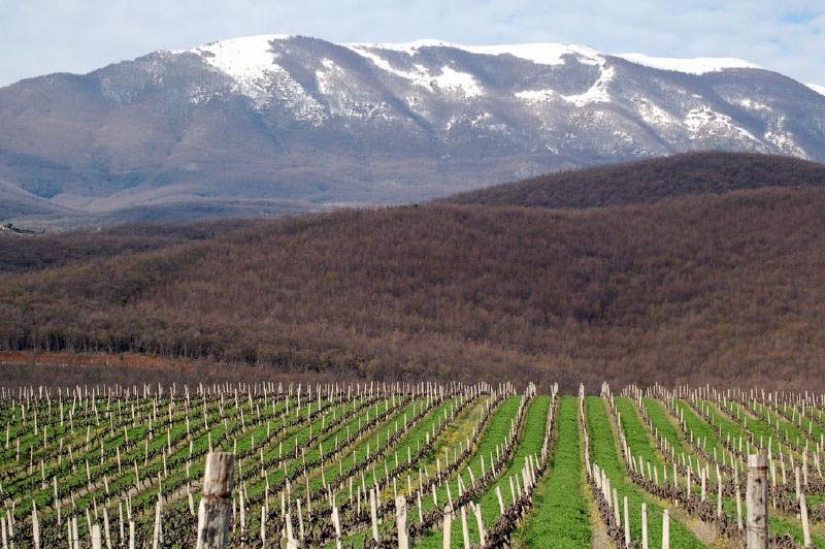
Kir-Ianni, Greece. (ROBERT WALLACE)

DeFoss, Virginia. (TOMMY LYNCH)
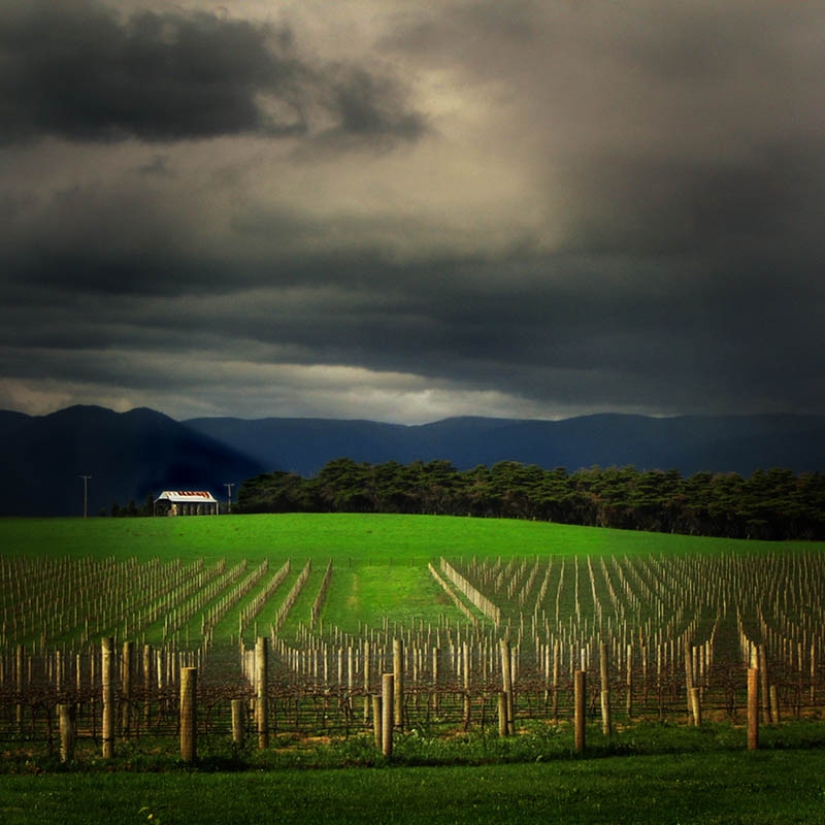
Train Truck, Australia. (ZAPPED!)
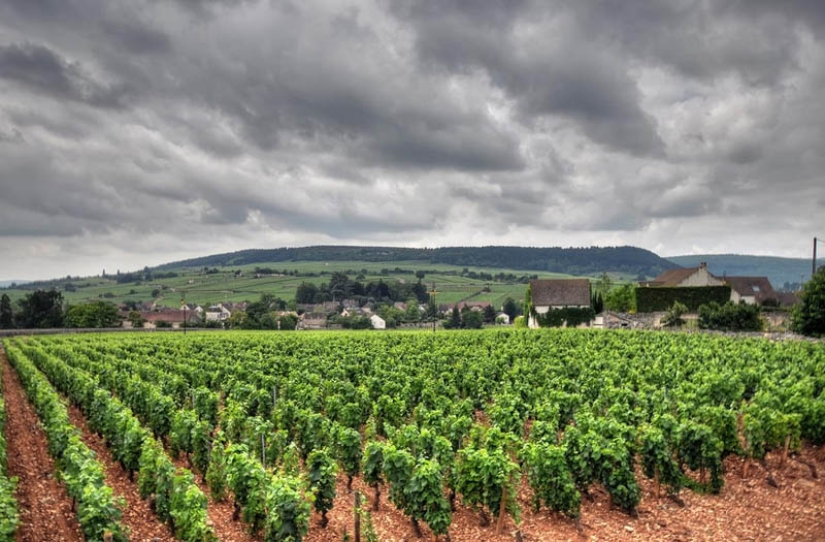
Meursault, France. (AYUSH BHANDARI)
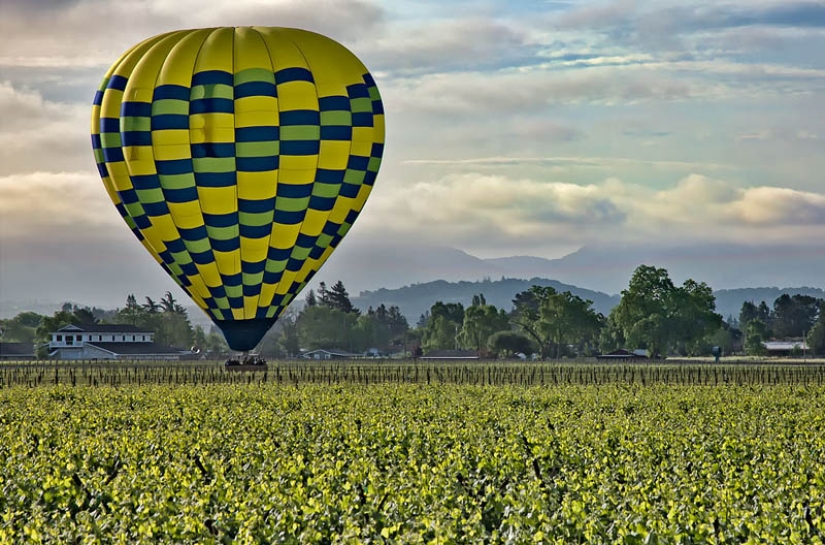
Kelowna, Canada. (SPYHOPGL)
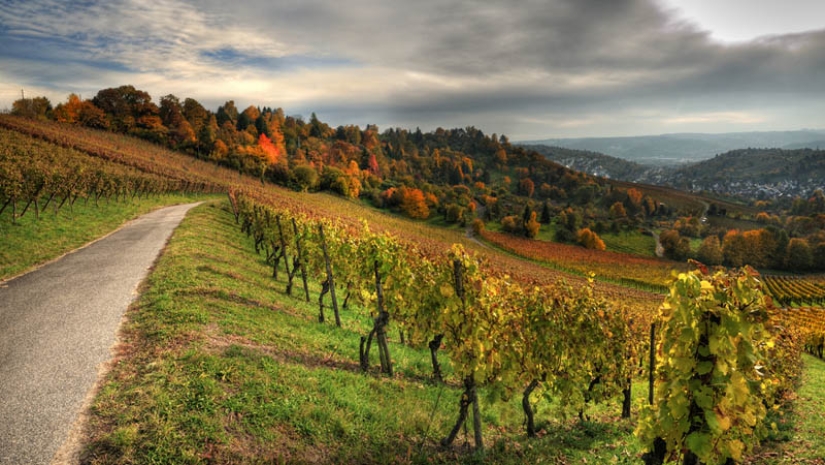
Napa Valley Vineyards, California, USA. (TURBULENTFLOW)
Stuttgart vineyards, Germany. (FLORIAN FLERLAGE)
Keywords: USA | Nature | Wine | Argentina | Canada | Agriculture | Landscape | Vineyard | Grapes | Landscapes
Post News ArticleRecent articles

Most of us think that the color of the eggshell does not play any role and it is possible not to pay attention. But it's not and ...

The more we rely on technology, the more potential power hackers gain over us. It doesn't matter if their goal is to help or cause ...
Related articles

Horror is a genre of cinema that has become a springboard into the big cinema of many venerable Hollywood actors. Laurence ...

The symbol of the island of Sicily — treskilion, represents three joined legs bent at the knees, with the head of the Gorgon ...

Yellowstone is the first national Park in the world and also the largest of all national parks in North America. For nearly 150 ...

Creating a good portrait is one of the most difficult tasks for any photographer. In order to make a really natural and memorable ...